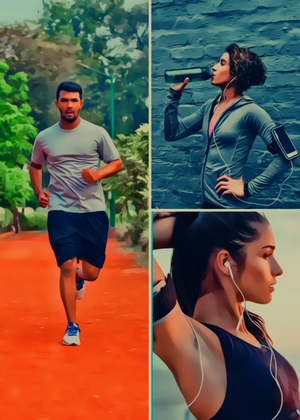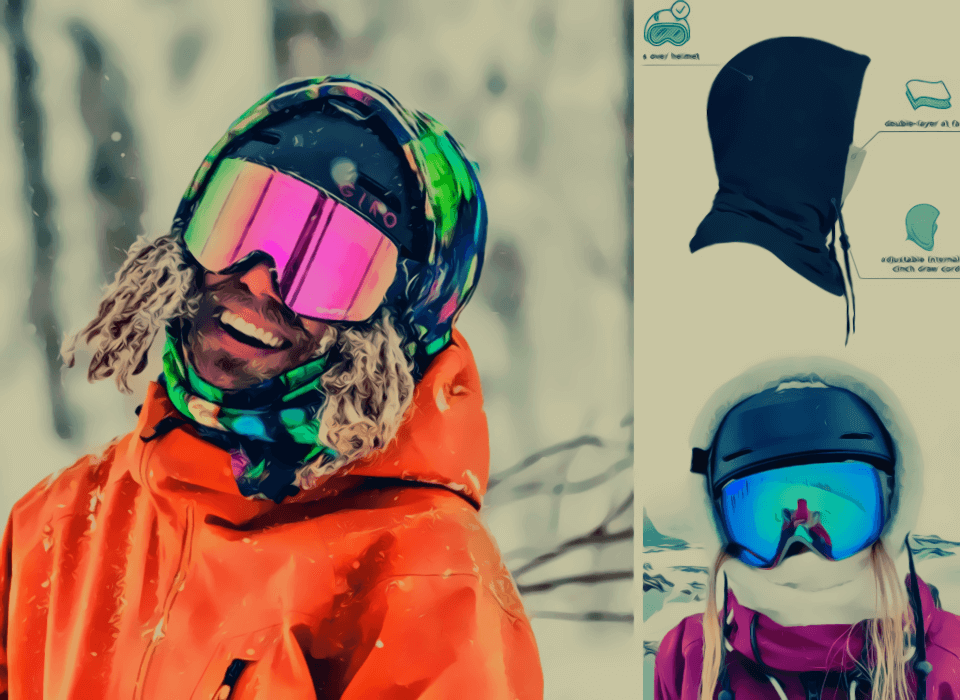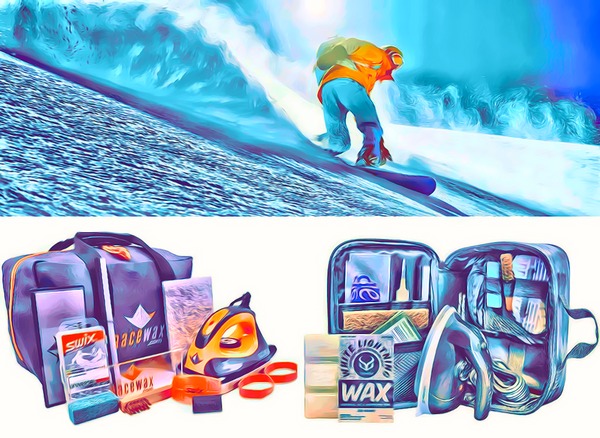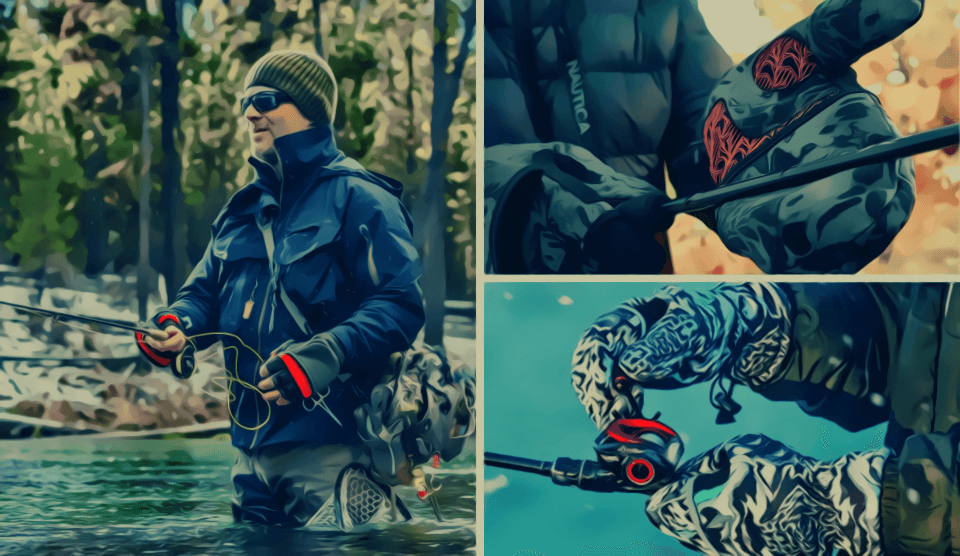Skiing is a thrilling winter sport that attracts millions of people every year. However, skiing can also be dangerous, and accidents can happen at any time. One of the most critical pieces of safety equipment you can wear while skiing is a helmet. In this article, we'll take a look at the reasons why you should wear a helmet when skiing.
Skiing is an exhilarating sport that can provide you with unforgettable memories. However, it's crucial to remember that skiing can be dangerous, and accidents can happen at any time. Wearing a helmet can significantly reduce the risk of head injuries and save your life.
Statistics on Skiing Accidents
According to the National Ski Areas Association (NSAA), skiing snow sports rose are relatively safe sports, and head injuries account for only 44 fatalities per year on average in the United States. However, these fatalities are often the result of severe head injuries, and the risk of sustaining a head injury while skiing is higher than in many other sports.
Understanding Head Injuries
Head injuries can be life-threatening and have long-lasting effects on your physical and cognitive abilities. The brain is a delicate organ that needs to be protected at all times, especially when skiing, where you can reach high speeds and come into contact with hard surfaces.

The Benefits of Wearing a Helmet
Wearing a helmet when skiing can significantly reduce the risk of head injuries. A helmet works by absorbing the impact of a collision, distributing the force of the impact, and protecting your head from severe injury. Snowboarders wear helmets to prevent serious injury skull fractures and can also help prevent concussions and other traumatic brain or head injuries occur.
Types of Helmets
There are two main types of helmets you can wear when skiing: hard-shell and in-mold helmets. Hard-shell helmets have a durable outer shell and a foam lining that provides shock absorption. In-mold helmets have a lightweight outer shell and a foam lining that's fused together during manufacturing.
How to Choose the Right Helmet
What to Look for When Choosing a Ski Helmet
When it comes to choosing a ski helmet, there are a few key features and factors to consider ensuring you're selecting a helmet that provides optimal protection and comfort. Here are some things to keep in mind:

Size and Fit
Perhaps the most important factor to consider when choosing a ski helmet is its size and fit. A properly fitting helmet should be snug but not too tight, with no gaps between the helmet and your head.
To find the right size, measure your head at its widest point (usually just above your eyebrows) and consult the manufacturer's sizing chart. You can also try on different helmets to get a sense of which brand or model fits your head shape best.
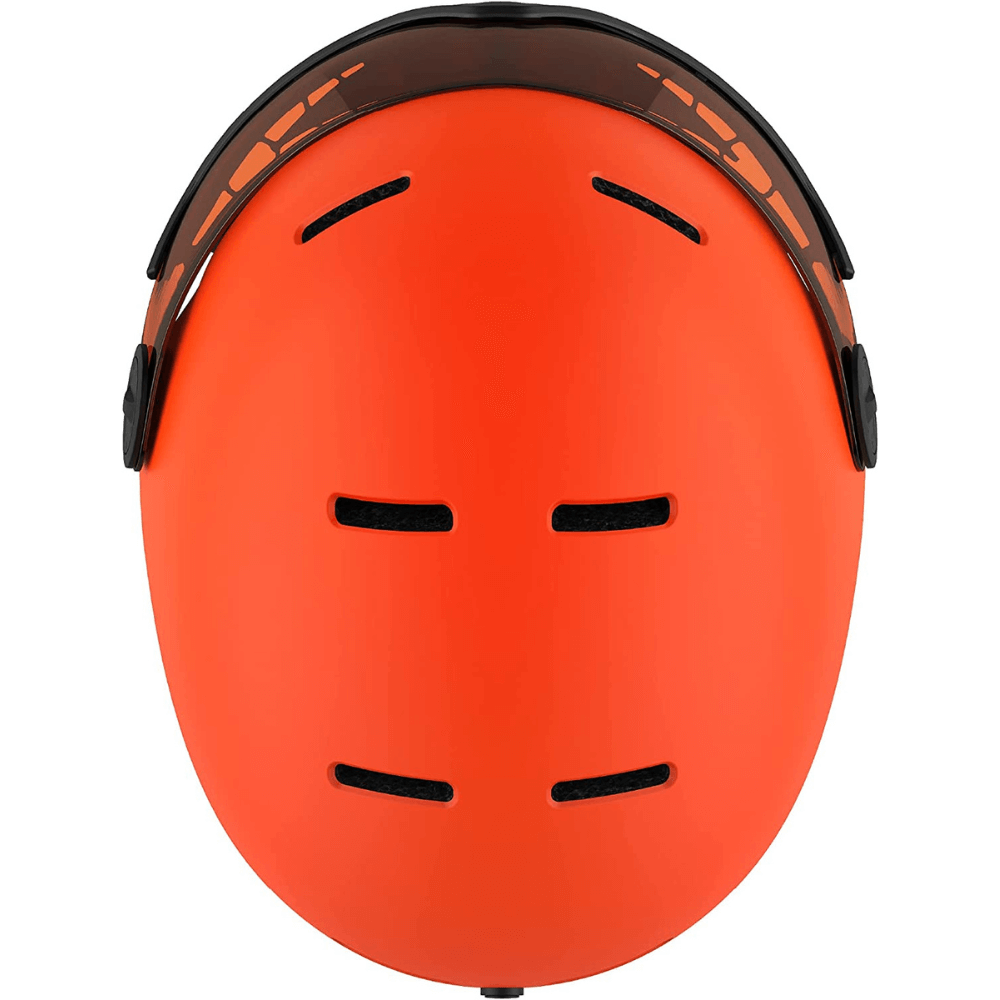
Ventilation
Skiing can be a physically demanding activity, and it's important to stay cool and comfortable while on the slopes. Look for a helmet with adjustable ventilation, which allows you to regulate the flow of air into the helmet.
Some helmets have vents that can be opened or closed manually, while others feature an automatic ventilation system that adjusts to the ambient temperature and moisture levels.
Safety Features
All ski helmets sold in the United States must comply with safety standards set by the Consumer Product Safety Commission (CPSC). Look for a helmet that has been certified by the CPSC or other safety organizations, such as the European Union's CE or ASTM International.
In addition to meeting safety standards, some helmets come with additional safety features such as reinforced shells, impact-absorbing liners, or MIPS (Multi-Directional Impact Protection System) technology, which can help reduce the risk of concussion.
Comfort and Style
While safety should be your top priority when selecting a ski helmet, comfort and style are also important factors to consider. Look for a helmet with a comfortable liner that won't chafe or irritate your skin, and consider features like removable ear pads or a goggle clip for added convenience.
Helmets come in a range of colors and designs, so you should be able to find one that suits your style and personality.
Price
Ski helmets can range in price from less than $50 to several hundred dollars. While you don't necessarily need to splurge on the most expensive helmet, it's worth investing in a high-quality helmet that meets safety standards and offers the features you need.
Keep in mind that a well-made helmet can last for several years, so consider it an investment in your safety and comfort on the slopes.
By considering these factors and doing your research, you can find a ski helmet that fits your head properly, meets safety standards, and offers the features and comfort you need for an enjoyable and safe skiing experience.

Ski Helmet Safety Standards: What You Need to Know
When it comes to protecting your head while skiing, choosing the right helmet for recreational skiers is especially crucial. To ensure that the helmet you choose provides adequate protection, it's important to understand the safety standards that apply to ski and snowboard helmets.
In the United States, all ski helmets must comply with standards set by the Consumer Product Safety Commission (CPSC).
CPSC Standards
The CPSC sets safety standards for all types of consumer products, including ski helmets. The CPSC standard for ski helmets requires that helmets be designed to protect against both high- and low-impact forces. The standard also sets limits on the amount of force that can be transmitted to the head during an impact.
To meet the CPSC standard, a ski helmet must pass a battery of tests that simulate a variety of real-world impact scenarios. These tests measure the helmet's ability to absorb impact, resist penetration, and stay securely in place during a fall.
Other Safety Standards
In addition to the CPSC standard, other safety organizations around the world have developed their own standards for ski helmets. For example, the European Union's CE standard and the ASTM International standard both require helmets to meet similar impact resistance and penetration tests as the CPSC standard.
While different standards may vary in their specific requirements and testing methods, all certified ski helmets should provide adequate protection against head injuries while skiing.

Checking for Certification
When shopping for a ski or snowboard helmet now, it's important to look for one that has been certified by a recognized safety organization. Look for a sticker or label on the helmet that indicates it has been certified by the CPSC, CE, ASTM, or another safety organization.
If you're buying a helmet online, make sure the product description includes information about the helmet's certification. If you're unsure whether a helmet is certified, contact the manufacturer or retailer for more information.
Proper Helmet Fit
To ensure maximum protection, your helmet should fit properly and snugly. Your helmet should sit level on your head and cover your forehead. It should also have a snug fit without being too tight or uncomfortable.
When to Replace Your Ski Helmet: Signs of Wear and Tear
Helmets use to provide protection for several years, but they can become less effective over time due to wear and tear. To ensure that your helmet continues to provide adequate protection, it's important to know when to replace it. Here are some signs that it may be time to replace your ski helmet:

Age
While there is no set expiration date for ski helmets, most manufacturers recommend replacing your helmet every 3-5 years. This is because the materials used in the helmet can degrade over time, even if the helmet has not been in a crash. If your helmet is approaching the end of its recommended lifespan, it may be time to consider replacing it.
Damage
If your helmet has been in a crash, it should be replaced immediately, even if there is no visible damage. The impact from a crash can cause unseen damage to the helmet's protective foam, which can reduce its ability to absorb impact in the future.
Even if your helmet has not been in a crash, it can still be damaged through regular use. Look for any cracks, dents, or other signs of damage on the exterior of the helmet. If you notice any damage, it's best to err on the side of caution and replace the helmet.

Fit
A helmet that does not fit properly can also reduce its effectiveness in protecting your head. As the helmet ages, the padding can compress and the straps can stretch, which can affect the fit. If your helmet no longer fits snugly on your head, it may be time to replace it.
Comfort
Skiing is a sport that requires concentration and focus, and an uncomfortable helmet can be a distraction. If your helmet is no longer comfortable to wear, it can detract from your skiing experience. Consider replacing your helmet if it is causing discomfort or pain.
Appearance
While the appearance of your helmet may not affect its ability to protect your head, it can be a sign that it's time for a replacement. If the exterior of your helmet is significantly scratched, faded, or otherwise damaged, it may be time for a new one.
Helmet Care and Maintenance
Taking proper care of your helmet is essential to ensure its longevity and maximum protection. Here are some tips for helmet care and maintenance:
- Clean your helmet regularly
- Store your helmet in a cool, dry place
- Avoid exposing your helmet to extreme heat or cold
- Avoid dropping your helmet or subjecting it to significant impact
Common Misconceptions About Helmets
There are several misconceptions about helmets that prevent people from wearing them. Some of these misconceptions include:
While it's understandable why some people might have reservations about wearing a helmet while skiing, many of these misconceptions are unfounded.
- Helmets are uncomfortable and restrict vision: Modern ski helmets are designed to be lightweight and comfortable, with adjustable ventilation systems that can help regulate temperature. Helmets also provide a wide field of vision, and many models include features like built-in goggles or visors.
- Helmets are only necessary for expert skiers: It is a false sense only experts need to use helmets. But anyone can sustain a head injury while skiing, regardless of their skill level. In fact, beginners may be at an even greater risk of accidents due to their lack of experience. So, it is best to practice using a helmet as it may be fatal for you if there is the difficulty in detecting brain injuries.
- Helmets are not stylish or fashionable: Ski helmets come in a wide range of colors and designs, so it's easy to find one that suits your style. Plus, there's nothing more fashionable than being safe on the slopes.

Other Safety Gear to Consider When Skiing
Wearing a helmet is an essential safety measure when skiing, but it's not the only gear you should consider. Here is some other safety gear to consider when skiing:
Goggles: Goggles protect your eyes from wind, snow, and UV rays. Look for goggles with lenses that are appropriate for the weather and light conditions. Many goggles have interchangeable lenses to accommodate different conditions.
Gloves or mittens: Cold hands can be dangerous and uncomfortable when skiing. Look for gloves or mittens that are waterproof and insulated to keep your hands warm and dry.
Layered clothing: Dressing in layers allows you to adjust your clothing to changing weather conditions. Start with a moisture-wicking base layer, add a warm mid-layer, and finish with a waterproof and breathable outer layer.
Knee pads and wrist guards: This protective gear can help prevent injuries from falls or collisions. Knee pads and wrist guards are especially important for beginners or those who are more prone to falls.
Avalanche safety gear: If you plan to ski in backcountry areas, avalanche safety gear such as a beacon, shovel, and probe should be considered. These tools can help locate and dig out a person buried in an avalanche.
By wearing appropriate safety gear, you can reduce your risk of injury while skiing and enjoy the sport with greater peace of mind.

FAQs
Do I need to wear a helmet if I'm only skiing on easy runs?
Yes, you should wear a helmet whenever you're skiing, regardless of the difficulty level of snowboarding the run.
Can a helmet prevent all the most serious head injuries, while skiing?
No, a helmet can't prevent all head injuries. However, it significantly reduces the risk of severe head injuries happen and can prevent concussions and other traumatic brain injuries.
Can I use a bike helmet for skiing?
No, bike helmets are not designed for skiing and won't provide the same level of protection as a ski helmet.
How often should I replace my helmet?
You should replace your helmet after a significant impact or every five years, whichever comes first.
What should I do if my helmet gets damaged?
If your helmet sustains significant damage, you should replace it immediately. Even minor damage can compromise its protective capabilities.
How should a ski helmet fit?
A ski helmet should fit snugly on your head, without any pressure points or gaps. To ensure a proper fit, measure your head circumference and compare it to the helmet manufacturer's sizing chart.
The helmet should sit level on your head and cover your forehead and the back of your head. You should be able to move your head comfortably in all directions while wearing the helmet.
What age do you have to wear a helmet skiing?
There is no specific age requirement for wearing a helmet while skiing, but it is recommended for all ages. Many ski resorts and organizations require children to wear helmets while skiing, and it's a good practice for adults as well to ensure maximum safety on the slopes.

Conclusion
Wearing a helmet when skiing is a no-brainer (pun intended). It's the most effective way to protect your head from injury and stay safe on the slopes. By choosing the right helmet, ensuring a proper fit, and taking good care of your equipment, you can enjoy all the thrills of skiing while staying safe and sound.
We hope this report has given you the information you were looking for. If you're in the market to find the best Ski Helmet to significantly reduce the risk of head injuries and save your life, click the link below to find our top picks.
Thanks for reading and have an epic time out on the slopes!



